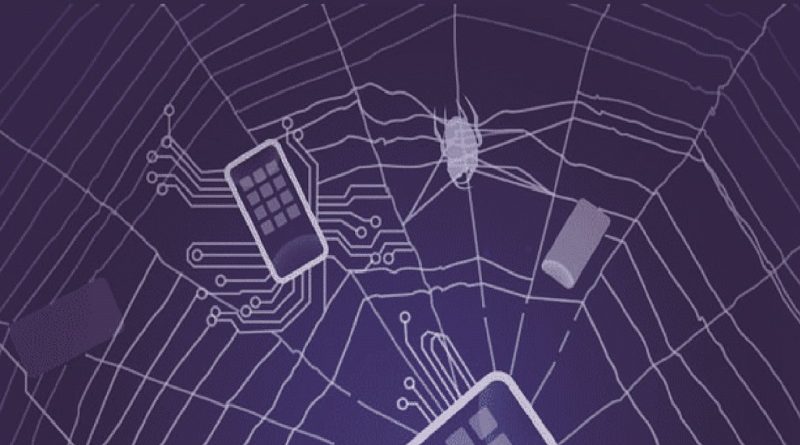Abstract: Cloud computing is considered as technical advancement in information technology. Many organizations have been motivated by this advancement to outsource their data and computational needs. Such platforms are required to fulfil basic security principles such as confidentiality, availability, and integrity. Cloud computing offers scalable and virtualized services with a high flexibility level and decreased maintenance costs to end-users. The infrastructure and protocols that are behind cloud computing may contain bugs and vulnerabilities. These vulnerabilities are being exploited by attackers, leading to attacks. Among the most reported attacks in cloud computing are distributed denial-of-service (DDOS) attacks. DDOS attacks are conducted by sending many data packets to the targeted infrastructure. This leads to most network bandwidth and server time being consumed, thus causing a denial of the service problem. Several methods have been proposed and experimented with for early DDOS attack detection. Employing a single machine learning classification model may give an adequate level of attack detection accuracy but needs an enhancement. In this study, we propose an approach based on an ensemble of machine learning classifiers. The proposed approach uses a majority vote-based ensemble of classifiers to detect attacks more accurately. A subset of the CICDDOS2019 dataset consisting of 32,000 instances, including 8450 benign and 23,550 DDOS attack instances was used in this study for results and evaluation. The experimental results showed that 98.02% accuracy was achieved with 97.45% sensitivity and 98.65% specificity.
Read more


